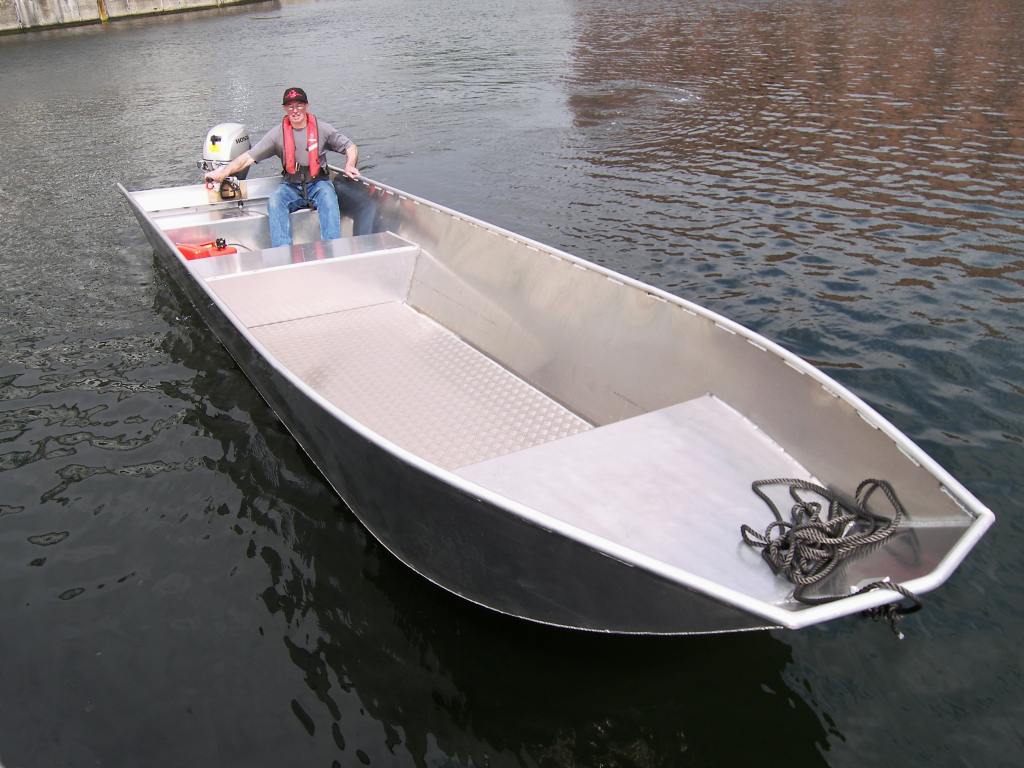
Beyond the Blueprint: Unveiling Hidden Gems in Aluminum Boat Design
Designing your own aluminum boat is a thrilling prospect, blending engineering, artistry, and a touch of daring. While many resources focus on the technical aspects of "How to Design Your Own Aluminum Boat with Custom Plans," this review delves into the often-overlooked nuances â€" the subtle decisions that can significantly impact your boat’s performance, longevity, and even its aesthetic appeal. We'll explore these through a series of questions and answers, drawing on real-world examples and the latest research where available.
The Unsung Heroes of Aluminum Boat Design: Beyond the Obvious
Q: How can I minimize corrosion, beyond the standard advice?
A: While anodizing and proper sealant application are crucial, consider the less-discussed factor of galvanic corrosion. This occurs when dissimilar metals touch in the presence of an electrolyte (water). Imagine a scenario where your aluminum hull is fastened with stainless steel screws near a zinc sacrificial anode. The differing electrochemical potentials can lead to accelerated corrosion of one metal, usually the aluminum. A solution? Utilize similar metals whenever possible, or implement insulating washers between dissimilar metals. This subtle detail often goes unmentioned but can drastically extend your boat's life. Research from the National Association of Corrosion Engineers (NACE) offers detailed insights into these electrochemical interactions.
Q: How can I ensure optimal weight distribution for better handling?
A: Beyond simple calculations, visualize your boat's use. Are you primarily fishing solo, or transporting heavy equipment? This dictates the ideal center of gravity. Consider a real-life example: A friend designed a sleek jon boat perfect for solo fishing, but added a large, heavy casting deck far aft. This resulted in a boat prone to instability. Instead of just calculating weight, model your anticipated loads using CAD software. You can virtually "place" your gear to predict center of gravity and adjust the design accordingly. This offers a significant advantage over simple static weight calculations.
Creative Solutions and Unexpected Considerations
Q: How can I make my aluminum boat design more aesthetically pleasing?
A: Aluminum's reputation is somewhat utilitarian. However, creative shaping and surface treatments can change this. Consider subtle curves, integrating flush-mounted hardware, and exploring powder coating options beyond the standard colors. Look at modern architectural design â€" the same principles of clean lines and form can be applied to boats. Think beyond purely functional considerations; a beautifully designed boat is more enjoyable to own and use.
Q: What are some innovative ways to improve structural rigidity without adding excessive weight?
A: The standard approach involves increasing the thickness of the aluminum sheets. However, consider exploring structural optimization techniques. Finite element analysis (FEA) software can help simulate stress distribution under various loading conditions, revealing areas where material can be strategically reduced without compromising strength. This allows for weight savings without sacrificing stability. Furthermore, consider incorporating strategically placed internal ribs or bulkheads, which, when properly designed, can significantly improve the rigidity with minimal weight penalties.
Beyond the Plans: The Craftsman's Touch
While custom plans provide a framework, the true artistry lies in the execution. The quality of welding, the precision of cutting, and the attention to detail will significantly influence the final product’s durability and aesthetics. Consider this a collaborative effort between engineering and craftsmanship. This involves:
- Investing in high-quality welding equipment and mastering the techniques.
- Using appropriate tooling for precise cutting and forming.
- Paying meticulous attention to surface preparation and finishing.
Designing and building your aluminum boat is more than just following a set of instructions. It's a journey that combines technical knowledge, creative vision, and meticulous craftsmanship. By addressing these often-overlooked aspects, you'll elevate your project from a functional vessel to a testament to your skill and ingenuity.

0 comments:
Post a Comment